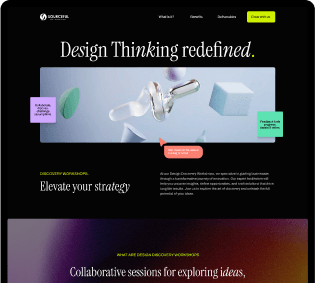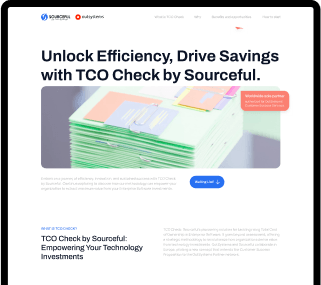

Behind the waterfall
During the 1980s the ‘waterfall’ development approach was challenged by James Martin’s concept of Rapid Application Development (RAD), which he developed while working at IBM. It incorporated adaptive approaches to software development based on the realization that software requires a fundamentally different approach compared to ‘static’ development projects. Instead, a more adaptive and dynamic approach was prescribed and outlined. There were drawbacks and limitations to the RAD method, but programmers had now recognized that new tools and methods were needed. Things could – and should – be easier.
Low-code arose from this fertile ground of user-friendly development. Companies like Outsystems and Mendix were among the first in the field, and are still market leaders in the low-code space today. But the market in the 1990s was not quite ready yet for all of the possibilities low-code could offer.
The fundamental concepts leading to low-code include model-driven development and the development of Fourth-generation Programming Languages (4GL). During the 1990s, model-driven development led to an entirely new approach to building software tools – one which sought to abstract all of the processes, systems, functions and data resources into something that could be represented graphically. 4GL was critical to enabling this movement as they allowed the handling of more diverse tasks and resources. Another big feature of 4GL was the way it made coding more versatile and accessible to a wider base of coders, being comprised of more English-like syntax.








